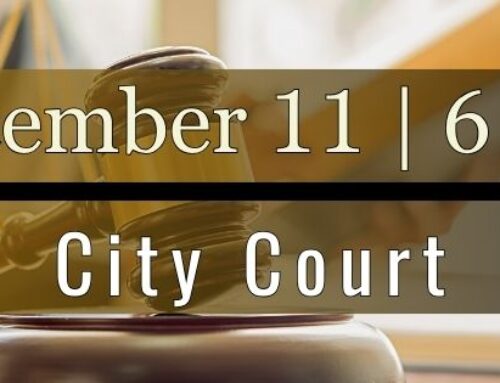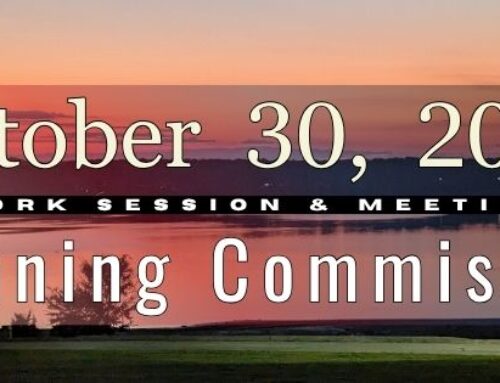HELPING COMMUNITIES TAKE MEASURES TO IMPROVE WILDFIRE DAMAGE OUTCOMES
We can’t stop natural disasters from occurring. Wildfire, however, is one natural disaster where increased safety to homes and communities can result from taking simple, scientifically proven steps beforehand. Members of your community can substantially improve fire outcomes by working together to do things like removing downed tree branches, dry leaves, and pine needles. Volunteers can assist neighbors with extra support and participate in coordinated local efforts, like community wood chipper events.

Every year, devastating wildfires frequently occur across the United States. At the same time, population growth in high-risk areas is on the rise. While these fires will continue to happen, many communities are taking actions to help mitigate the risks of wildfire and increase the safety of their families and homes.
Firewise USA® provides up-to-date take-action information to residents that helps them change the outcome of a wildfire in terms of home and neighborhood safety. Residents who participate in the process create an action plan that commits them to a sustained program of wildfire risk reduction that is both physically doable and cost-effective.

CHECKLIST
Research shows that taking simple, scientifically proven steps can help reduce the risk of your home and property becoming fuel for a wildfire. Band together with homeowners in your community to follow this list of actions throughout the year.
- Clear — ignitable material such as needles and leaves from roof, gutters, eaves, porches and decks.
- Repair — any loose or missing roof shingles/tiles and caulk any gaps or openings on roof edges.
- Cover — exterior attic vents and install metal wire mesh (1/8 inch or smaller) to under-eave and soffit vents.
- Relocate — items kept under decks or porches; swap out vegetation in these areas for rock or gravel.
- Replace — mulch with hardscaping, including rock, gravel or stone.
- Remove — ignitable features within 30 feet of all structures including firewood piles, portable propane tanks and dry and dead vegetation.
- Protect — water dry grass and shrubs, trim brown vegetation and dispose of yard waste.
- Prune — low hanging branches (6-10 feet for taller trees, 1/3 of tree height for smaller trees); remove any tall grasses, vines and shrubs from under trees.
- Contact — neighbors and create a plan to address shared wildfire safety concerns together.
View and print your own Firewise_Toolkit.



![City Commission Meeting [AGENDA]: Dec 8](https://cityofbaneberry.com/wp-content/uploads/2025/11/Dec-8_Commission_Agenda-500x383.jpg)


![Public Hearing & Commission Meeting [AGENDAS]: Nov 3](https://cityofbaneberry.com/wp-content/uploads/2025/10/Public-Hearing_ov-3-500x383.jpg)
